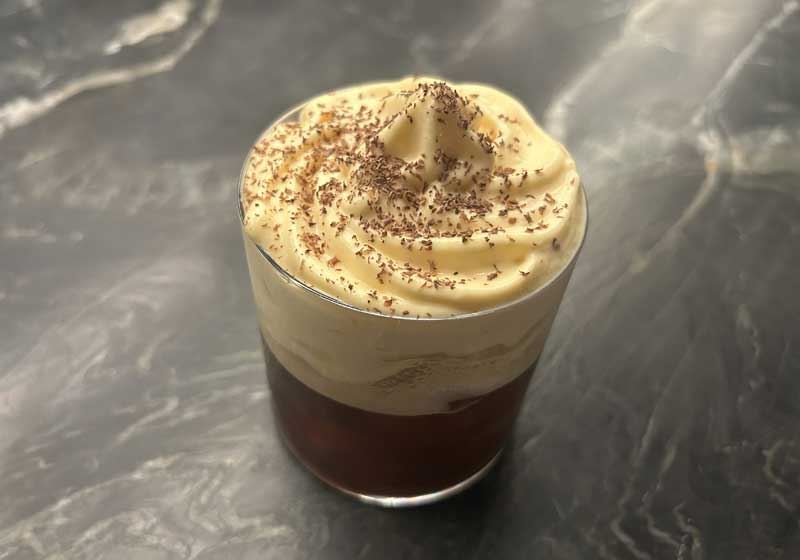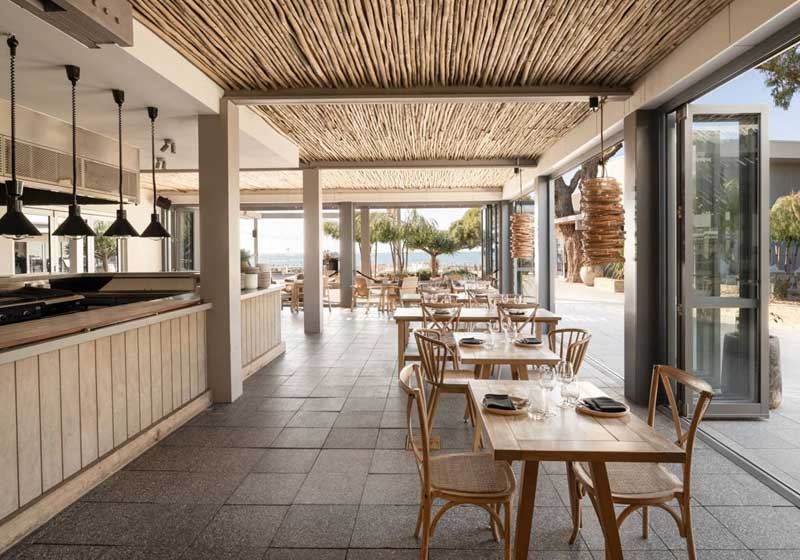By Marie-Antoinette Issa.
The history of fruit wedding cakes is steeped in centuries-old customs, cultural shifts and intriguing culinary traditions - far removed from today’s trendy buttercream creations.
In ancient Rome, the first ‘wedding cake’ was nothing more than a simple scone-like grain cake broken over the bride’s head, symbolising fertility and luck.
This early iteration wasn’t eaten by guests with forks on silver plates; instead, pieces were passed around, with guests eager to get piece of the proverbial pie (or cake!) for their own good fortune. When the Romans marched into Britain, they brought along this tradition, forever shaping what would evolve into the wedding cakes of today.

By the Medieval era, wedding feasts began featuring a quirky version of the cake custom. Instead of a single cake, small spiced buns and biscuits were stacked high. If the couple could successfully kiss over the top of the mound without toppling it, it was considered good luck - a daring act of both balance and romance, a bit like taking that leap and saying ‘I do!’
In the 17th Century, the bride’s pye - a rather unconventional pie filled with savoury items like lamb’s testicles - emerged as a festive staple. With a glint of a glass ring hidden inside the pie, this tradition was tied to single guests hoping to be the next to find their perfect match. It was all part of the charm, with each bite holding the promise of a future happily-ever-after.
It wasn’t until the 16th Century that wedding cakes in the more familiar fruit form took root. During this period, sugar became more widely accessible due to trade, allowing bakers to experiment with new ingredients and techniques. Using rich molasses, they baked dense, dark fruit cakes that didn’t spoil quickly - a practical choice for weddings and a nod to the endurance and lasting sweetness hoped for in marriage.

These cakes became more than just desserts; they were symbols of status and, in some cases, required a serrated saw to cut through due to their richness. This durability was practical, too, as it allowed couples to save the top tier of the cake to enjoy on their first anniversary - a tradition still embraced by some today.
Fast-forward to the 18th Century, when white icing became the next big trend. Known as ‘Royal Icing’ after Queen Victoria’s cake featured it in 1840, this pure white covering symbolised purity and was a status symbol, as refined sugar was costly. White wedding cakes soon became the gold standard, an elegant choice to celebrate a couple’s union, each slice a small, sugary pledge to ‘say I do and mean it. Queen Victoria’s towering, elaborate cakes paved the way for the elaborate wedding cake designs we associate with British tradition today.
As time passed, wedding cakes evolved into increasingly elaborate centrepieces. By the 19th Century, they were enormous plum cakes topped with intricate sugar sculptures inspired by grand architectural designs. One of the most famous was crafted in 1703 by a London baker, inspired by St. Bride’s Church. This lavish cake sparked a trend that has led to the grand multi-tiered creations we see at modern weddings.
Even broomsticks were pressed into service, coated in icing to create ‘pillars’ for taller, show-stopping cakes. These cakes represented the idea of ‘the one’, that unique structure that stood tall and unwavering - a bit like the ideal marriage.

Photo credit: Le Cordon Bleu.
By the time Queen Elizabeth II married in 1947, her towering 10,000-mile cake was a triumph, despite rationing. Ingredients were sourced from across the Commonwealth, an impressive feat that brought together the tastes and textures of the Empire into one elaborate confection. This union of elements echoed the couple’s commitment, as well as a testament to resilience and creativity during difficult times. Not to mention, it set a grand standard, inspiring a generation of brides and bakers alike.
While today’s couples often swap fruit cake for lighter alternatives like sponge, the traditional fruit cake still holds a special place at many weddings. Its density and preserved fruit filling make it a choice that nods to longevity and wealth, with each slice reminiscent of the rich history of the wedding cake itself.
Though sponge and buttercream may rule today, there’s still something timeless and quintessentially British about having at least one layer of that dark, richly-flavoured fruit cake on the table.









